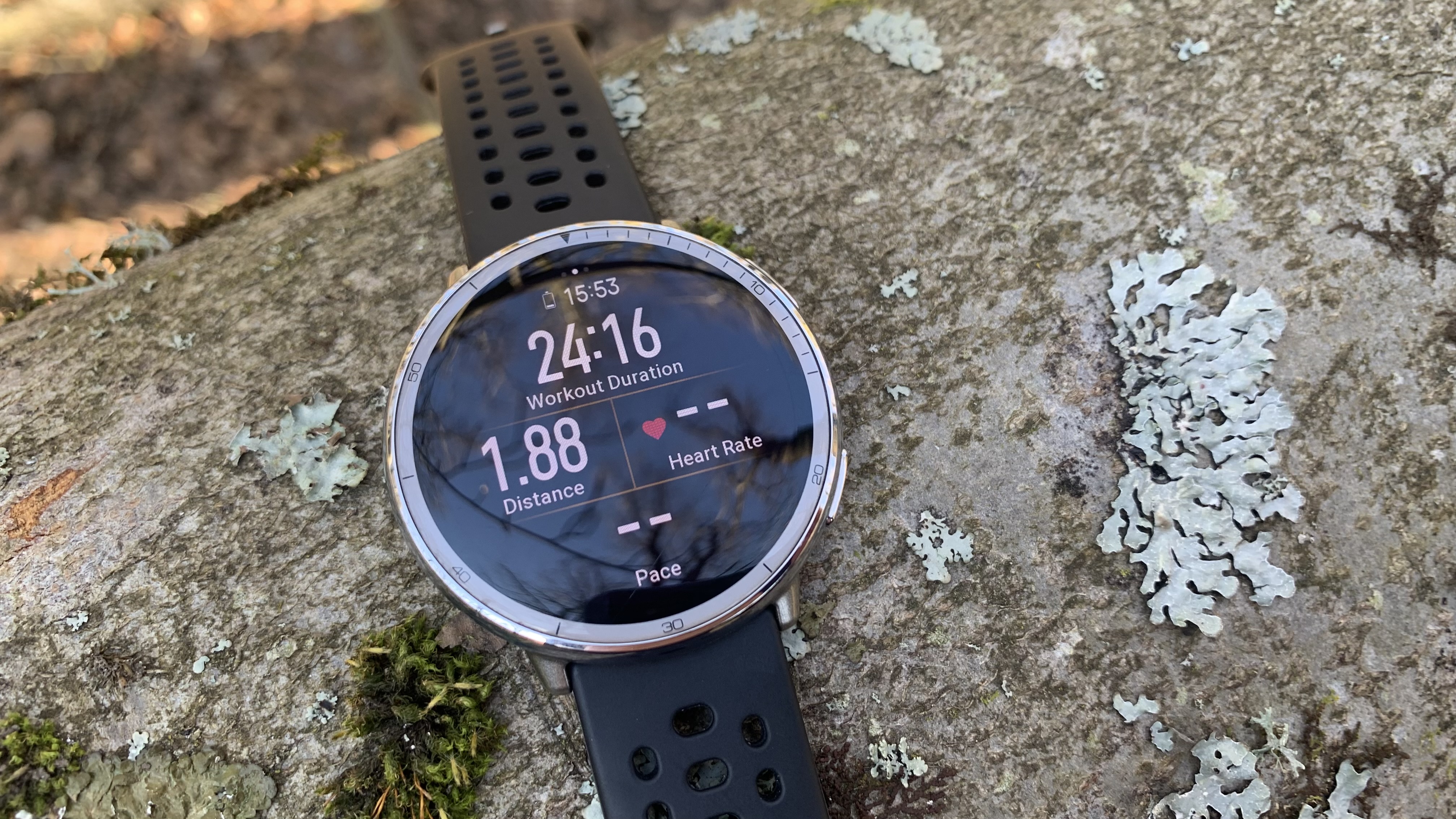What is Columbia's OutDry Extreme technology? And does it really work?
Columbia’s most advanced waterproof technology sounds promising – but what is it, and how does it work?
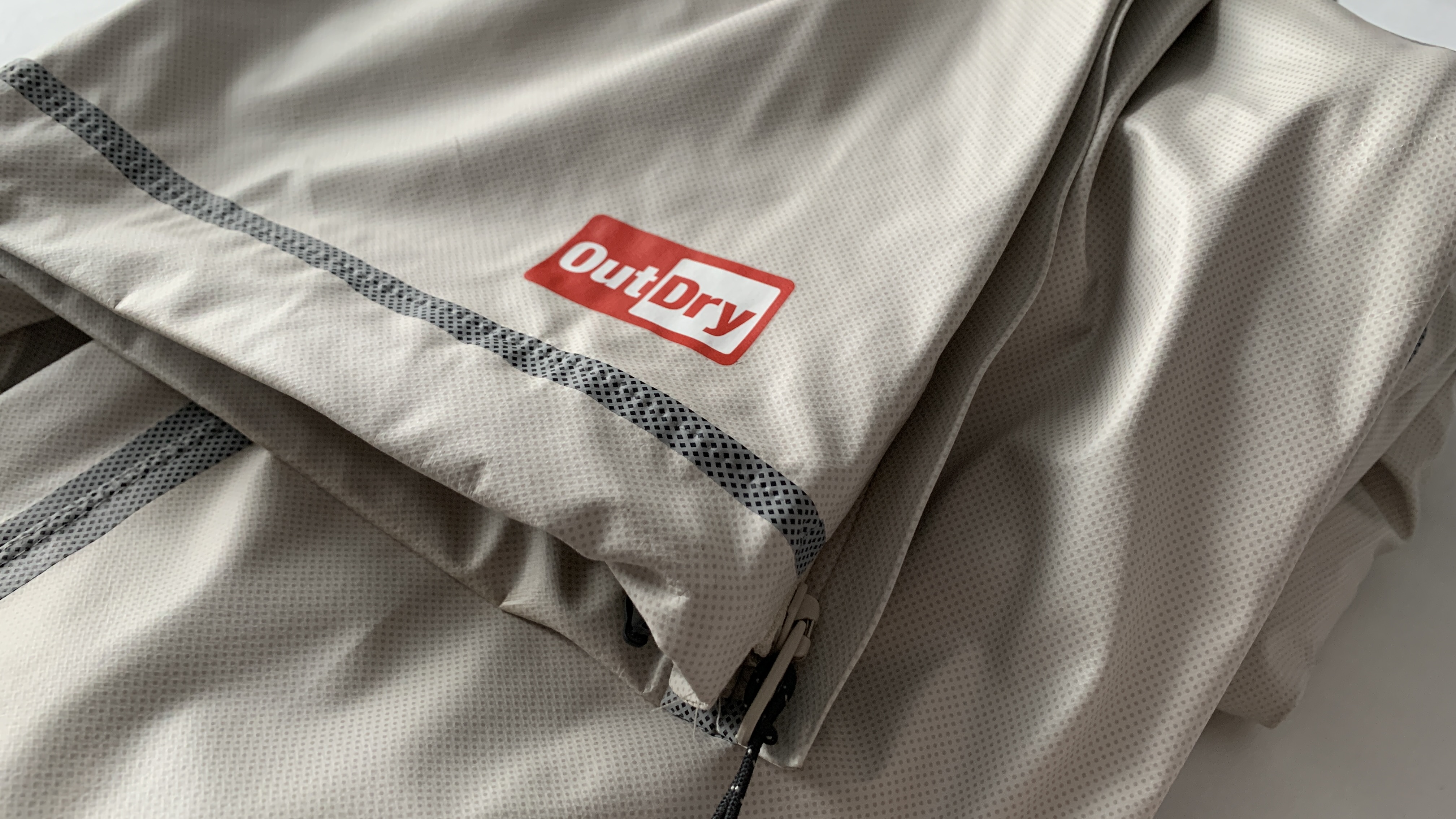
If people are uncomfortable when they go out on the hiking trail, chances are they’ll turn back. In its mission to make the outdoors accessible to everyone, Columbia Sportswear's wants to make sure you’re comfortable, and stay out longer. Among other things, that means you stay dry and warm when it’s wet and cold out, and the legacy brand has easily invested more in technologies designed to ensure that than any other outdoors outfit.
As I write this, I’ve just got back from a day of foraging and hiking with Columbia in South Downs National Park in the south of England. With the UK’s spring bringing reliably blustery weather and boggy conditions always a strong possibility, I’ve been armed with a pair of Konos TRS OutDry hiking shoes and Wyldwood Waterproof Hiking trousers to see if they’re up to the task of keeping wet weather at bay. Both are made using the latest version of Columbia’s OutDry Extreme technology. Sounds promising, but what exactly is it? And does it work?
I’ve already written about a few Columbia technologies that help people get and stay outdoors, such as Omni Heat, which uses space technology to reflect your body heat back to you while allowing excess warmth to escape, and OmniHeat Helix, which uses the same closed-cell foam pods you’ll find in a sleeping pad in fleece jackets. In this article, I take a look at OutDry Extreme, which might just revolutionize how we approach waterproof gear.
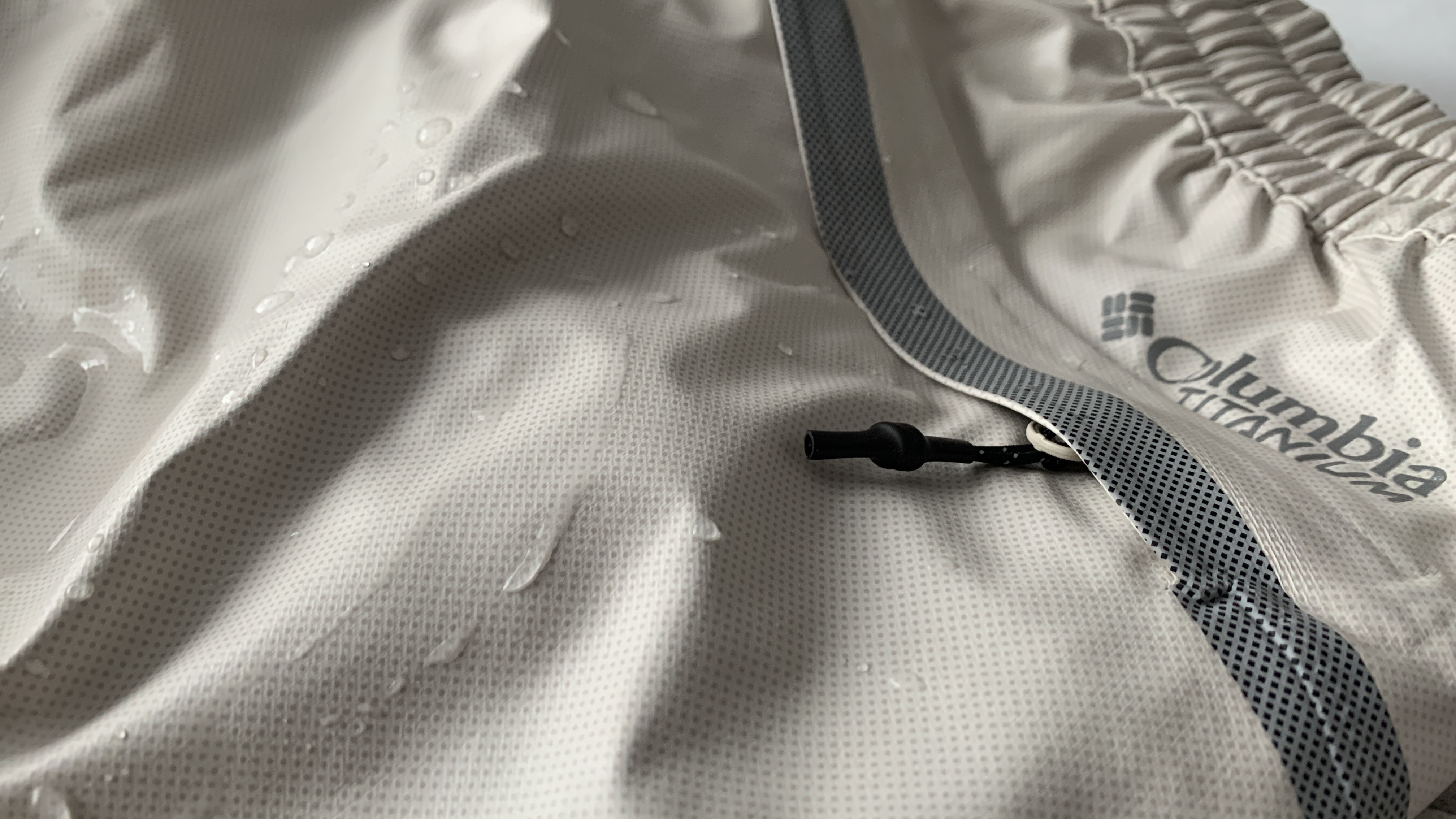
What is OutDry Extreme?
Not too long ago, Columbia Sportswear was the world’s biggest buyer of Gore-Tex, the best-known breathable waterproof membrane on the market. The partnership makes sense, with Columbia kitting hikers out with waterproof jackets, rain pants and waterproof hiking shoes to help get people outdoors for decades. These days, however, the Oregon-based brand makes all of its own technologies – currently totaling more than 30 – including OutDry Extreme.
OutDry Extreme is Columbia’s most advanced breathable waterproof membrane, and you’ll find it in lots of their rainwear such as jackets, pants, hats and shoes (it’s sometimes labeled as ODX). It was developed by an Italian company which was acquired by Columbia and debuted in their gear in 2016.
“It works like the old vinyl rain slickers, except we made the vinyl layer breathable,” explains Dr. Haskell Beckham, Columbia’s VP of innovation.
If you’ve bought any waterproof gear in recent years, you’ll likely have heard the term “waterproof membrane” and wondered what on earth it means. Until OutDry Extreme came along, it was hard to tell, since it’s always sandwiched in between the face fabric and lining. Even if you cut a garment up, you wouldn’t really be able to extract the membrane and study it, so you just have to trust that it’s there and will keep you dry.
Advnture Newsletter
All the latest inspiration, tips and guides to help you plan your next Advnture!
OutDry Extreme, however, is the first membrane designed to be laminated to the outside of a garment, so in clothes like the OutDry Ex Lightweight Shell Jacket, it’s the part of the jacket that you touch and everyone can see. The membrane isn’t totally unlike an old-fashioned oil skin in that it’s quick slick to look at and touch, but it’s super lightweight and flexible, and even though it’s designed to keep rain out, it also lets sweat escape. When it appears in clothing, the seams are also taped on the outside using the same membrane.
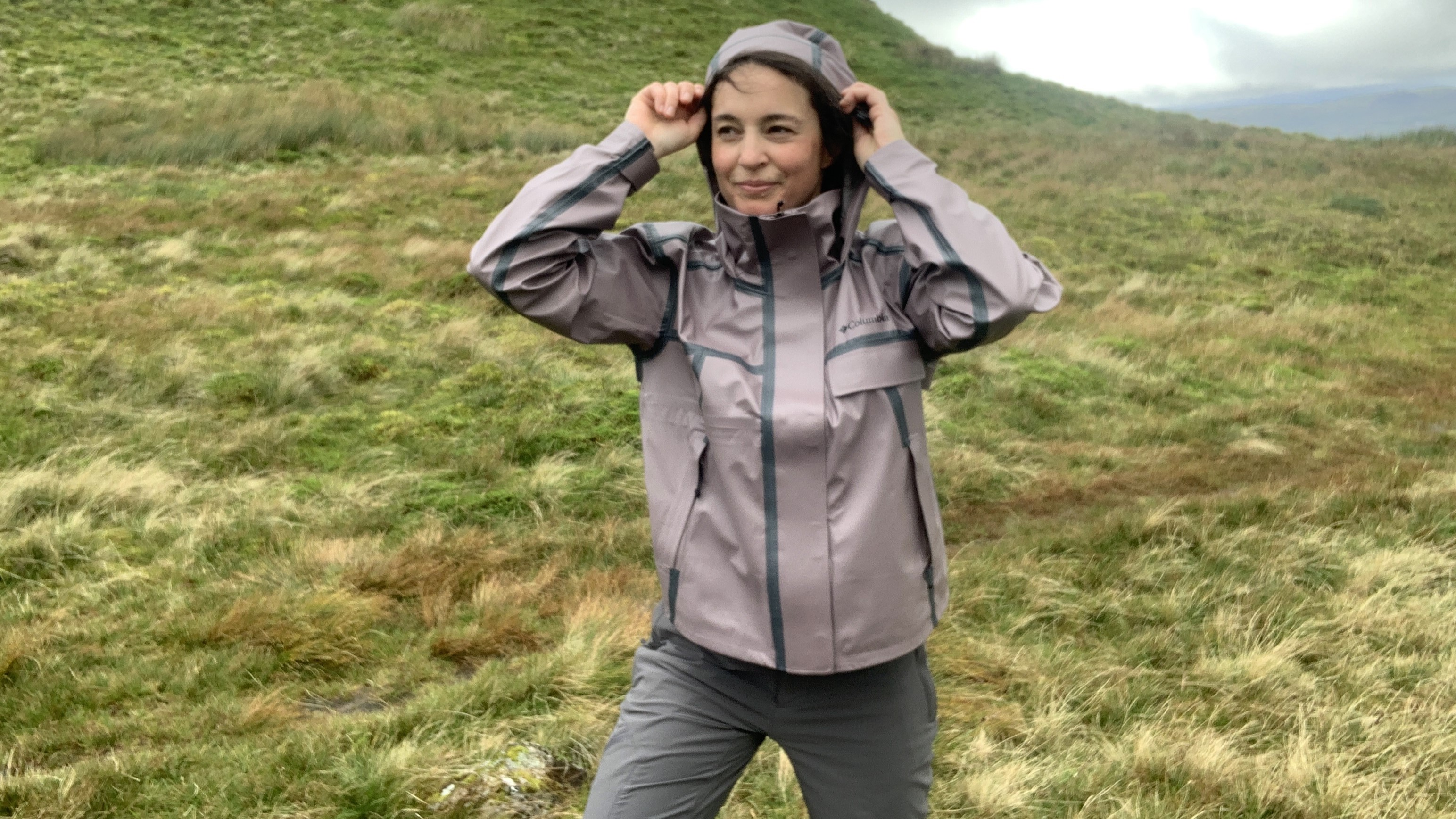
What are the benefits of OutDry Extreme?
Columbia isn’t the only outdoor brand to invest in developing its own waterproof membrane instead of relying on Gore-Tex, and it’s fair to wonder if there’s any clear reason to choose this one over another. There are several benefits to OutDry Extreme that, so far, appear to be unique to this particular technology, as well as a few you can find elsewhere.
As we explained, OutDry Extreme is the first membrane designed to go on the outside of a garment, and the fact that it’s not covered by another fabric means that there’s no need to add a Durable Water Repellent. This makes it more sustainable, because it means there’s no nasty chemicals being sprayed on your jacket, and it requires less maintenance, because eventually DWR needs to be reapplied.
However, the most important point here is that placing the membrane on the outside means that your garmet is actually more waterproof. That’s right. In a typical waterproof jacket, the outer fabric can repel a certain amount of moisture but eventually, it wets out. With OutDry Extreme, the outer fabric is hydrophobic and doesn’t collect moisture, so it never wets out.
“I remember the day I learned about the idea. My jaw hit the floor. Such a great idea. It solves so many problems, recalls Beckham.
“It’s how rain jackets should have been made all along.”
There’s no doubt that other brands will be keen to replicate this success, but naturally, the technology is patented so for now, you’ll have to shop Columbia for this impressive perk.
The oilskin-like quality of it also means that garments using OutDry are basically wipe-clean, which not only cuts down on maintenance, it means your clothes end up needing less (or zero) machine washing. This in turn increases the sustainability of the garment, because it makes it likely to last longer.
According to Haskell, OutDry Extreme is also more breathable, because the membrane faces outward and the fabric faces your body, which spreads any vapor from sweat out better before it reaches the membrane, making it easier for the membrane to process and transport it away from your skin.

Also on the sustainability front, because it’s not bonded to a face fabric, the membrane can be dope dyed in production, which uses less chemicals and zero water, as compared to traditional dying methods. It’s also PFC-free, and while these two factors are no longer unique to OutDry Extreme and don’t tell the whole story when it comes to improving sustainability, it’s a strong signal that a more environmental approach is at least in the ether at Columbia.
Finally, if you get a pair of shoes with the membrane, it’s laminated to the inside of the shoe rather than constructed as a separate bootie. The bootie approach, which you’ll see in shoes that use Gore-Tex, means there’s a gap between the outer mesh and membrane and in this gap gathers rain. As you might have learned from experience on a boggy hike, this gap means eventually, your shoes wet out, your hiking socks get soaked and if you’re on a long walk, you could end up with blisters.
Remove the gap, and once again you’ve got a pair of shoes that should, in theory, never wet out – the proof will ultimately be in the pudding, of course, because the membrane in a shoe is stressed at the points where your foot bends, and if that compromises the membrane you’ve got a deluge on your feet.
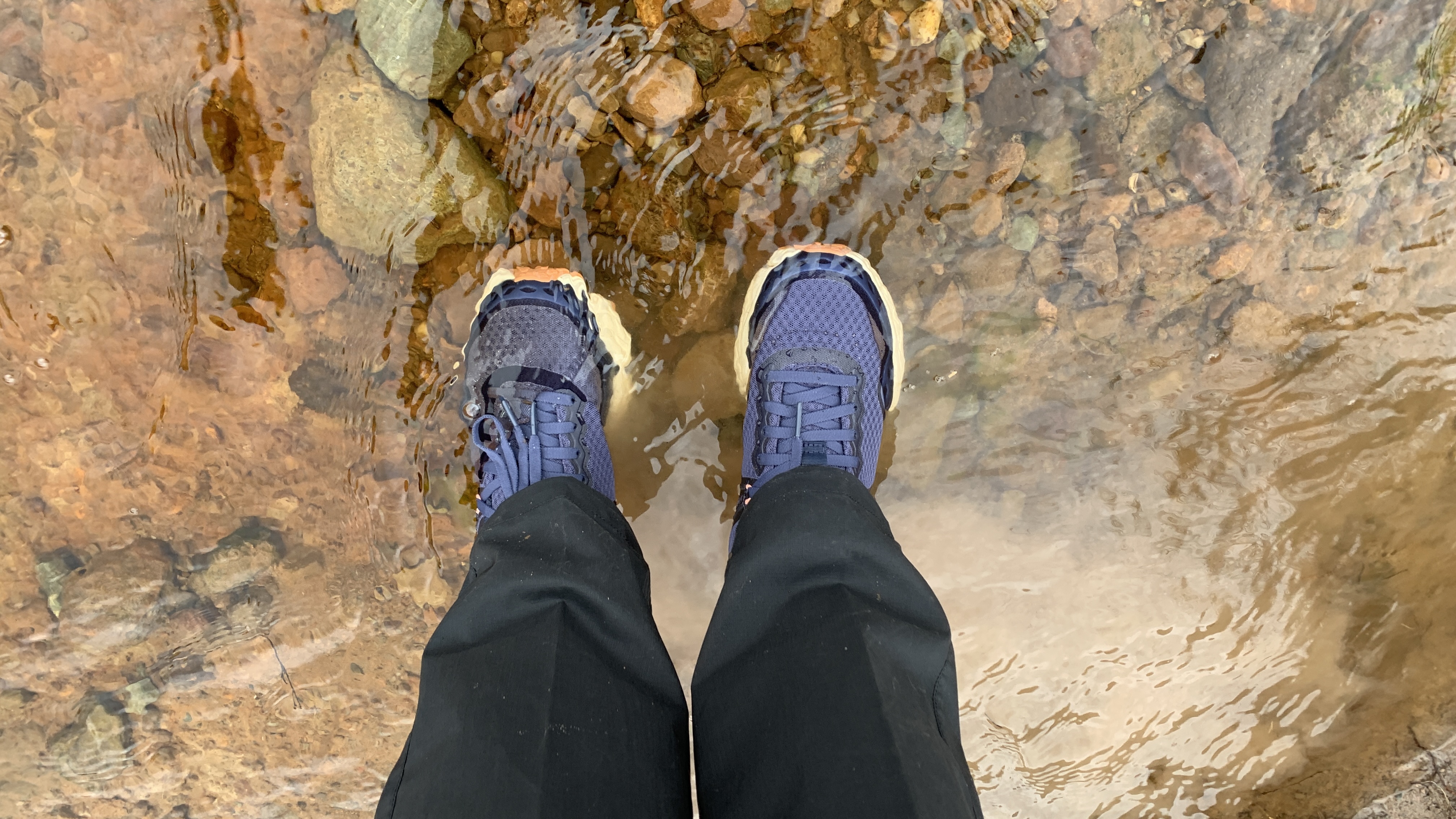
Is Columbia OutDry Extreme actually waterproof?
Columbia isn’t the first brand to claim they’ve invented (or patented) a waterproof membrane, and they all claim to be totally waterproof and breathable – but if you’ve ever left the house in waterproof gear, you might have learned that you don’t always come home dry. So does OutDry Extreme really do what it says it does? Or is it just another fad?
I’ve been testing gear with OutDry Extreme for a few years now, and I can say that the fabric itself is truly watertight. While writing this article, I actually ran my Wyldwood rain pants under the tap for a bit, then laid them on a table with a little pool of water on them, and not a drop ever gets through.
That said, some aspects can make a garment less waterproof even when the fabric is failsafe – largely, the design. I tested the Coral Ridge jacket last year and didn’t cinch the hood properly, so I got a little wet around my head and neck, but that’s mostly user error. And as I’ve mentioned, the nature of shoes could mean a weakening of the membrane over time. With a well-designed garment, however, like the Wyldwood pants or OutDry Extreme Mesh Jacket, you’re looking at a dry hike even on the wettest of days.
Although this membrane was launched back in 2016, the company is continually updating it and I can see a huge difference between that OutDry Extreme Mesh, which I tested on the West Highland Way two years ago, and the Wyldwood today. It’s lighter, less swishy, more flexible and super breathable. So yes, OutDry Extreme is actually waterproof, and it’s only getting better.
Julia Clarke is a staff writer for Advnture.com and the author of the book Restorative Yoga for Beginners. She loves to explore mountains on foot, bike, skis and belay and then recover on the the yoga mat. Julia graduated with a degree in journalism in 2004 and spent eight years working as a radio presenter in Kansas City, Vermont, Boston and New York City before discovering the joys of the Rocky Mountains. She then detoured west to Colorado and enjoyed 11 years teaching yoga in Vail before returning to her hometown of Glasgow, Scotland in 2020 to focus on family and writing.

